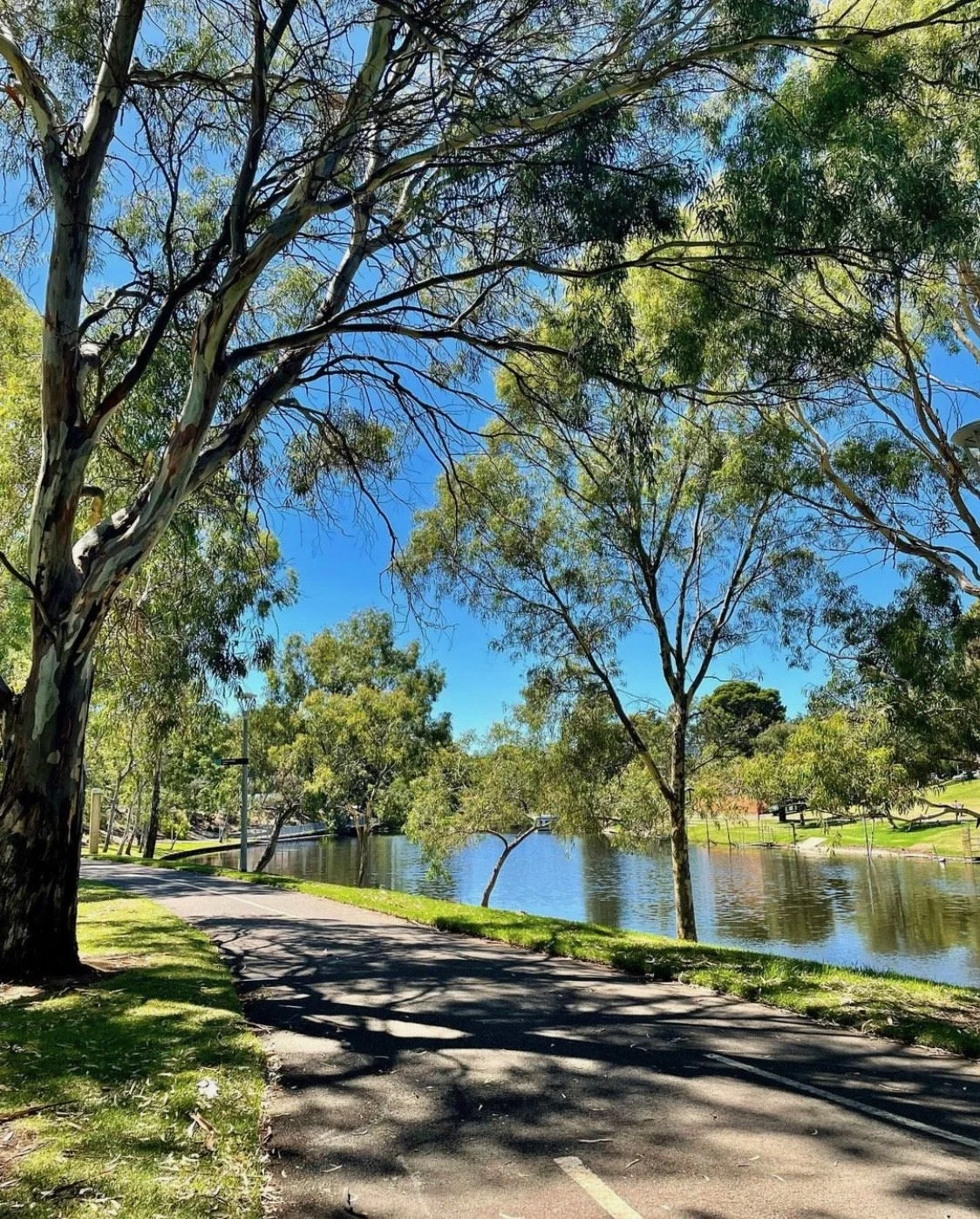by Carla Caruso
More and more evidence is emerging about the health benefits of open, green, public spaces, including the role of mature, established trees.
A new study from the University of New South Wales has shown that larger amounts of tree canopy are associated with a lower risk of heart disease-related mortality for citizens. Trees provide shade and cooler temperatures, which make streets and parks more enticing for exercise and leisure.
Another study, from Boston University, has found that having more trees in America’s urban areas could have prevented up to 38,000 deaths over the past two decades.
According to the study, the perks of having urban trees include reducing the impact of air pollution and improving mental health.
In Adelaide, however, our State Government is planning to cut down dozens of trees to make room for a hospital car park. The Government is also planning to destroy dozens more trees for a new Aquatic centre.
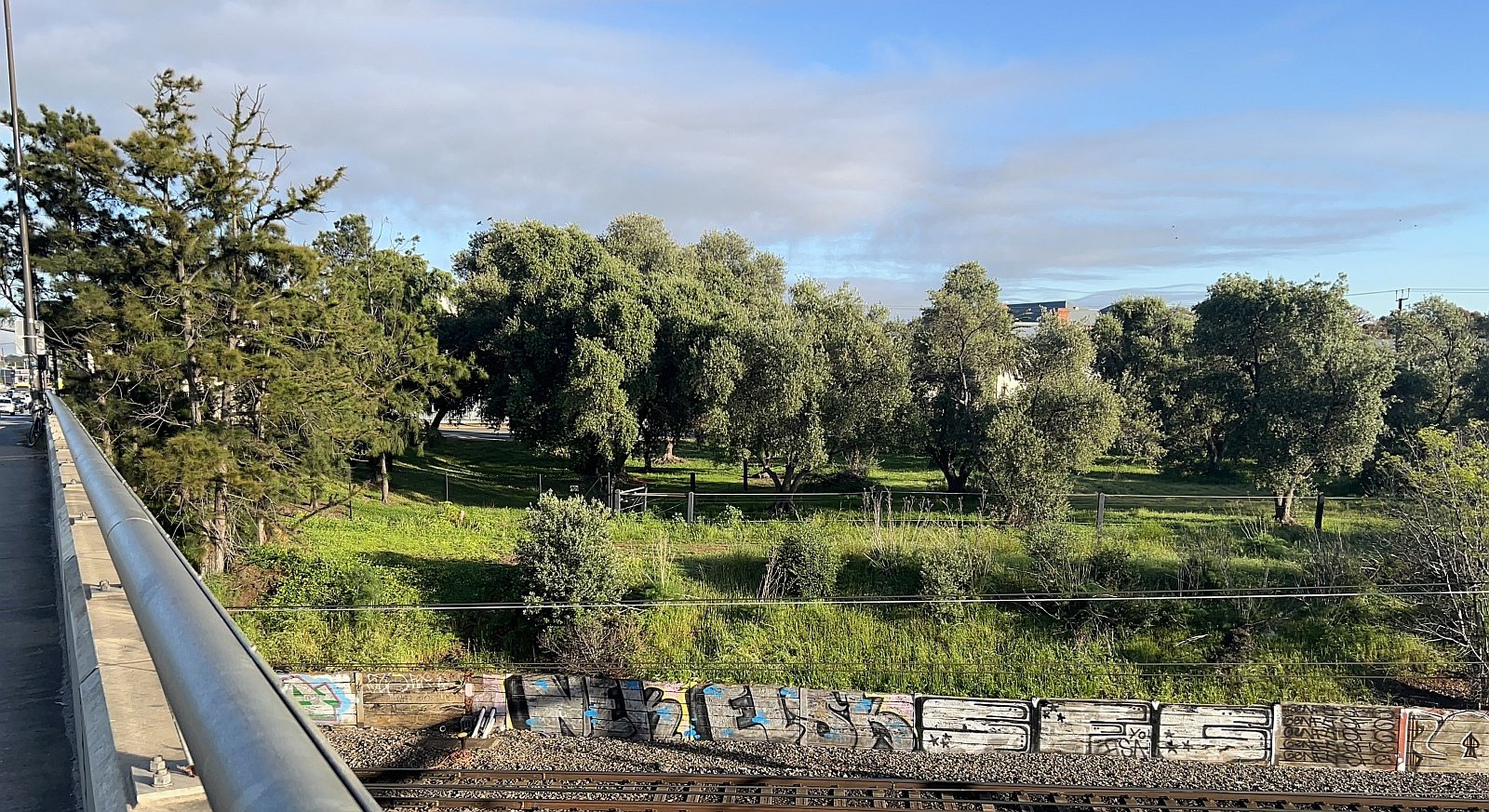
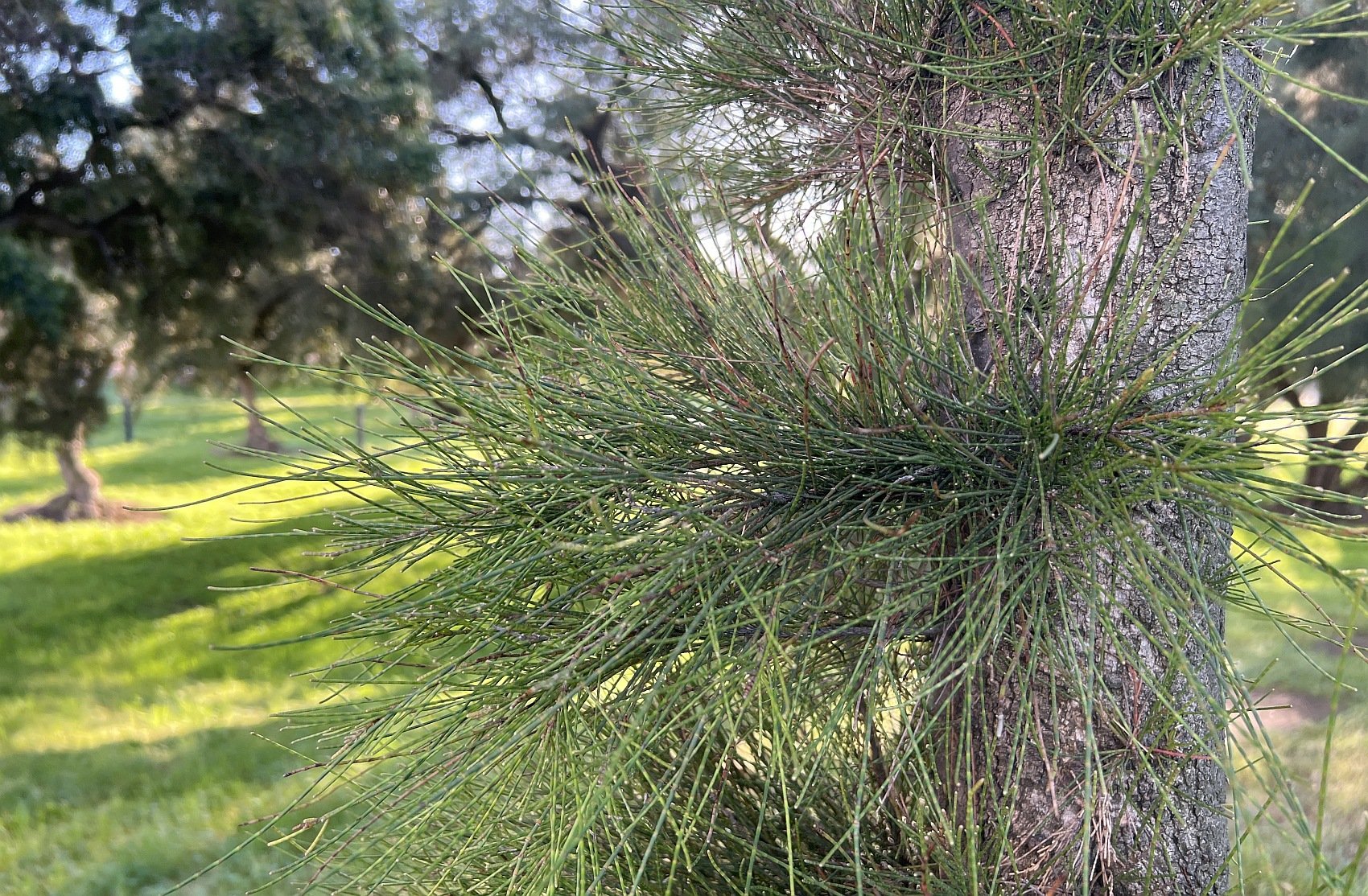
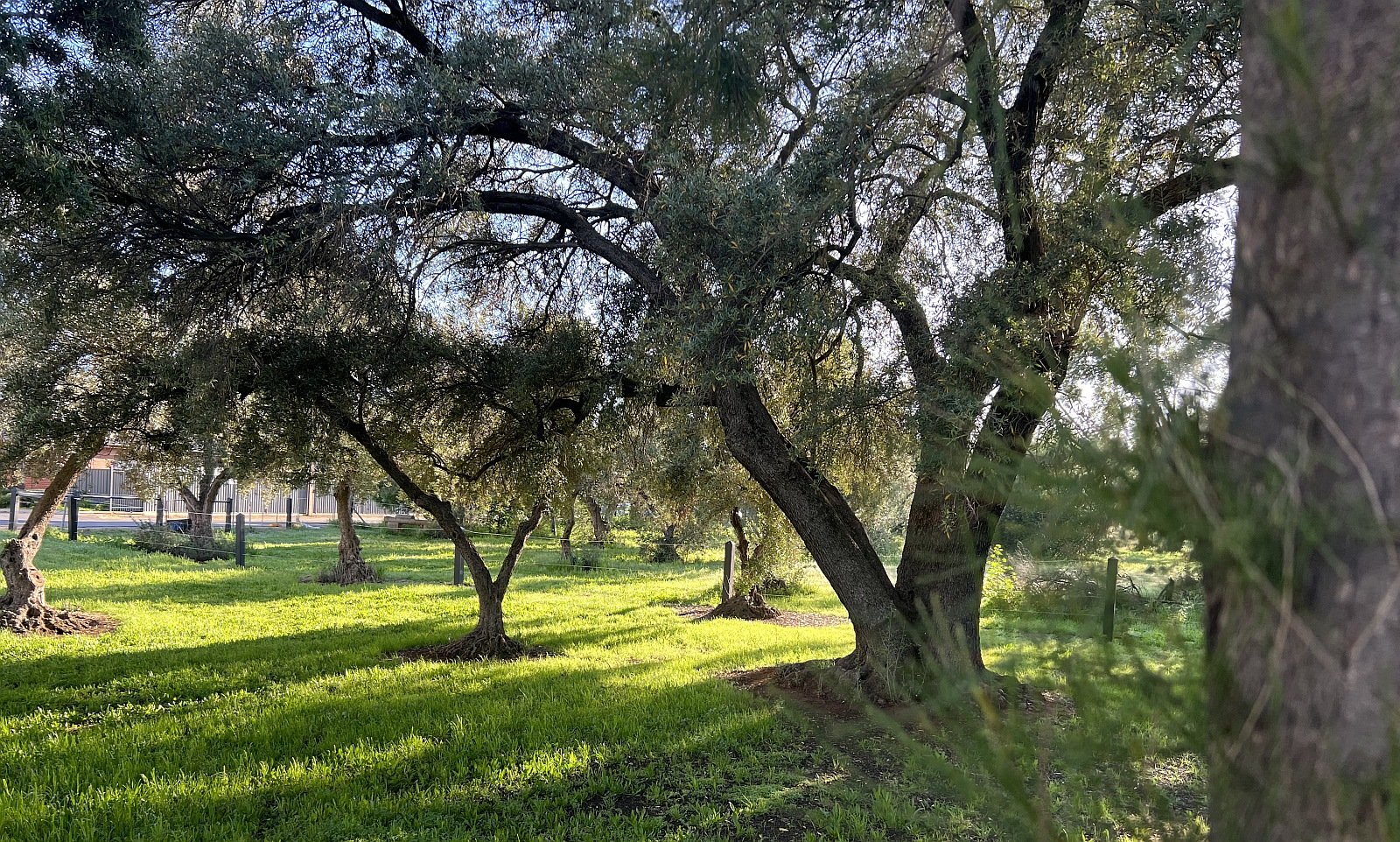
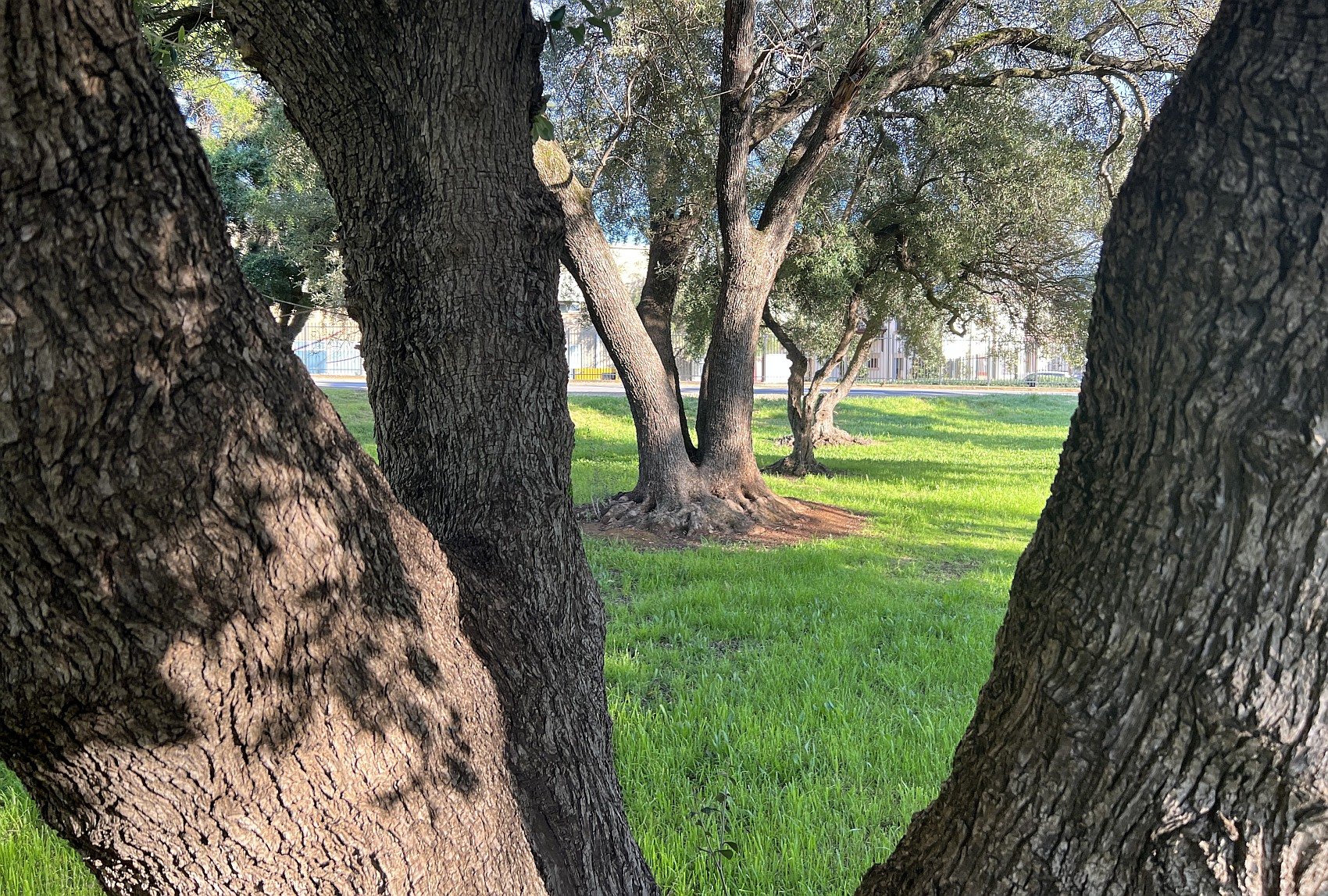
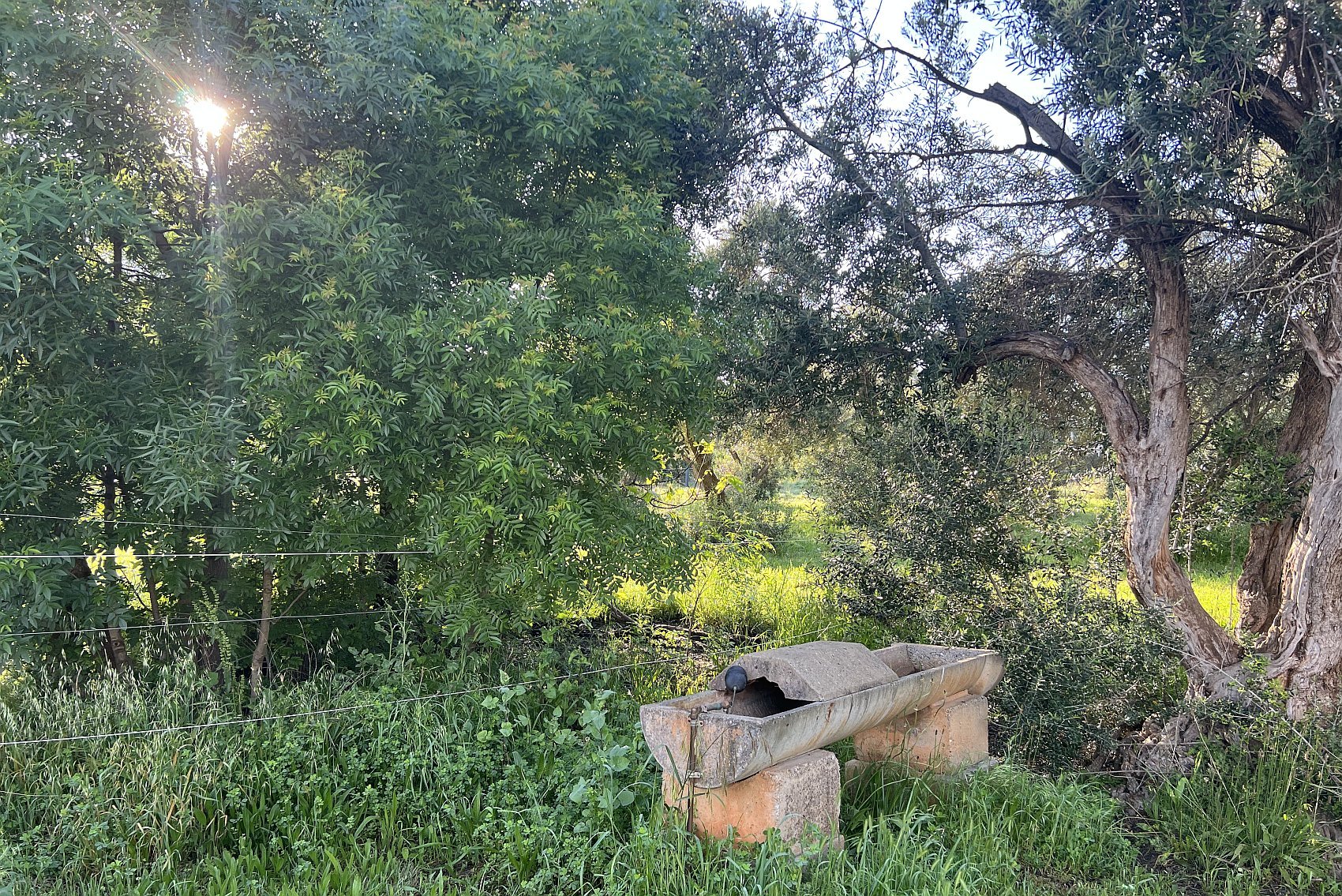
The forest of she-oaks and olives that the State Government intends to destroy to make way for an eight-storey car park.
By decreasing urban heat, trees and greenery also help to prevent heat-related deaths.
Meanwhile, another World Economic Forum report has highlighted how even small green spaces – such as rooftops and small parcels of undeveloped land – can make impressive contributions to lowering urban heat. These are often overlooked when planners develop strategies for urban cooling.
Chris Colhoun took this pic while en-route to Lefevre Park / Nantu Wama (Park 6) with his kids.
As well, the article pointed to an Adelaide study, which found that tree canopy cover and, to a lesser extent, grass cover decreased local daytime surface temperatures by up to 6C degrees during extreme summer heat conditions.
It was recommended that cities increase the planting of diverse vegetation and better manage the configuration of small green spaces to get more cooling benefits.
As previously reported, Adelaide ranks second lowest among our capital cities in the amount of urban green space available per person. (See the graphic below.) Only Sydney fares worse. We can do much better.
Source: Australian Bureau of Statistics.
No Australian city is ranked in the top 10 of the world’s greenest cities.
In 2021, the National Trust of SA also put out an SOS call for our city’s mature trees. The Trust estimated as many as 75,000 mature trees were being lost yearly across metropolitan Adelaide.
State Parliament’s Environment, Resources, and Development Committee is looking at how “to improve the resilience and longevity of trees, comprising the urban forest”.
Labor’s Jayne Stinson on ABC-TV News. Ms Stinson said, to protect Adelaide's tree canopy: "It's really not sufficient for us to cut down one tree and say well you can just plant another."
Public submissions are invited, but you have only until Friday, 24 February, to put forward your views.
Our submission urges the ERD Committee to look at the actions of the Labor State Government.
Tony Sinclair captured this stunning image during a walk along the River Torrens / Karrawirra Parri. (On tree canopy, there is some social inequality. A study, cited by NASA, found that lower-income neighbourhoods in urban areas in the US have an average of 15.2 per cent less tree cover.)

